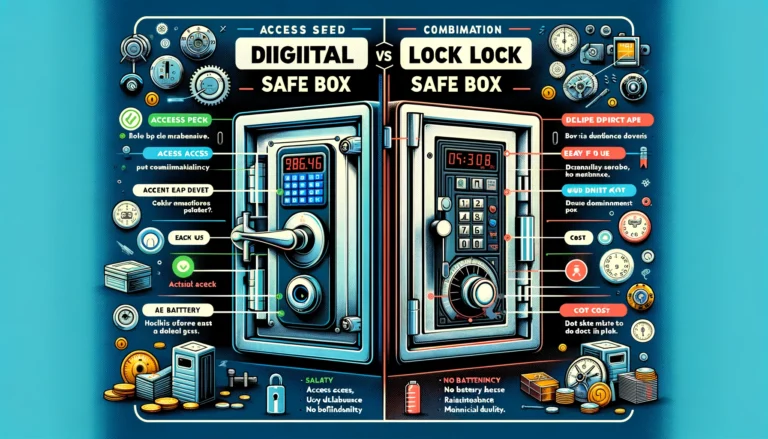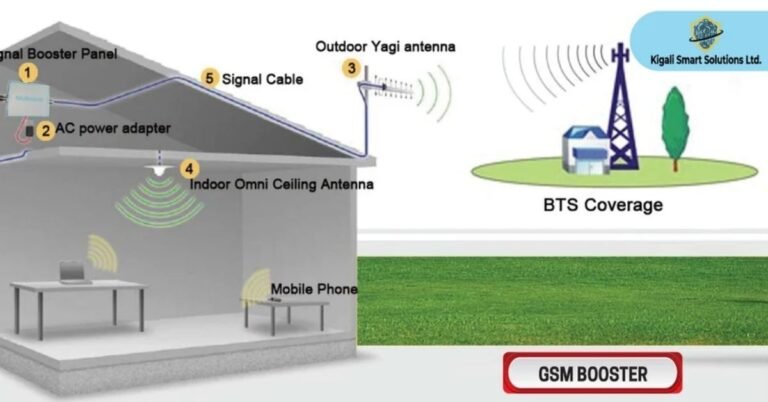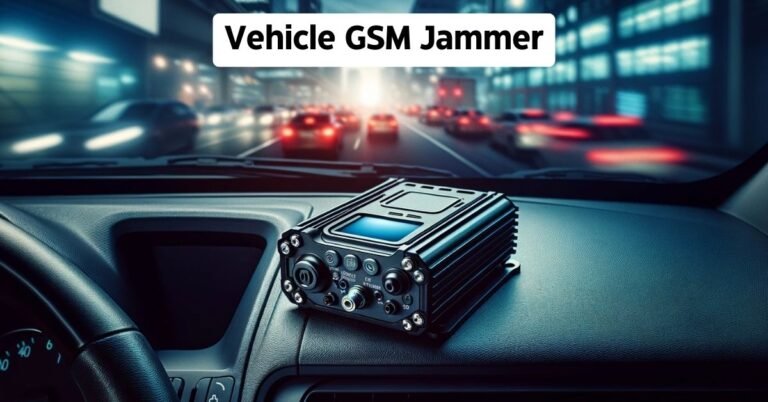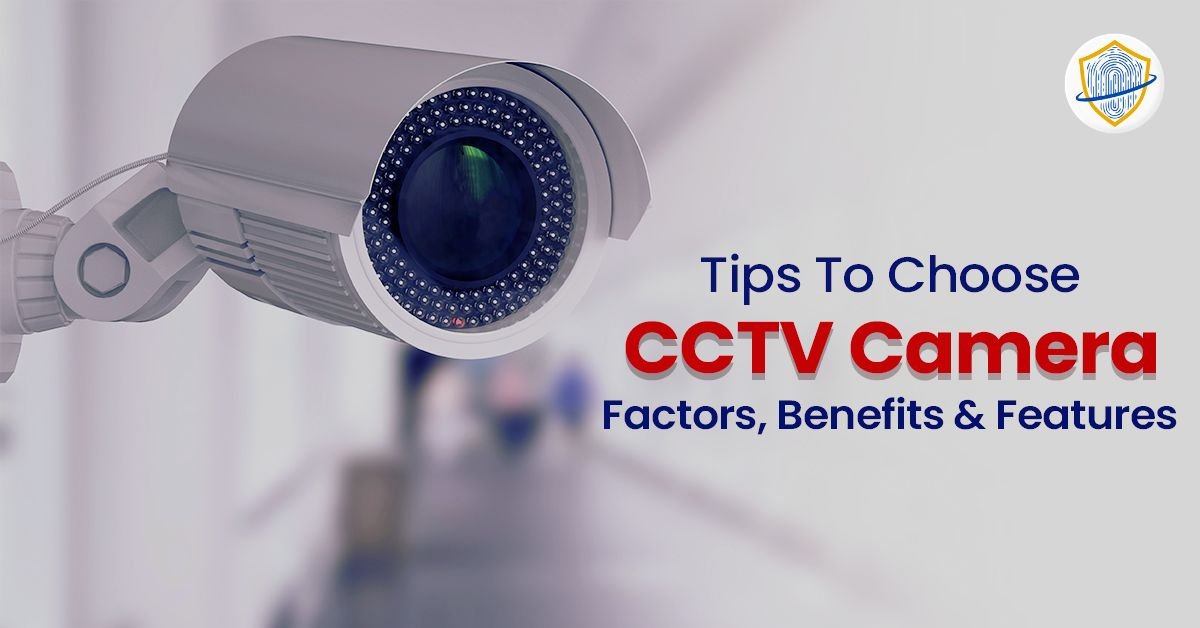Choosing the right CCTV camera for you can be a daunting task, especially with the numerous options available in the market. However, with the right guidance, you can make an informed decision that meets your security needs. Here are 10 tips to help you choose the right CCTV camera for your needs:
Tips to help you choose the right CCTV camera for you
Determine Your Purpose
Before selecting a CCTV camera, define your purpose for choosing the right CCTV camera for you. Do you want to monitor your home, business, or public space? Different purposes require different camera features.
Consider Camera Resolution and Image Quality:
Resolution Options for choosing the right CCTV camera for you:
- Standard Definition (SD): Basic resolution suitable for general monitoring but may lack clarity for identifying fine details.
- High Definition (HD): Provides clearer and sharper images, enabling better facial recognition and object identification.
- Ultra High Definition (4K): Offers the highest level of detail and clarity, ideal for critical surveillance applications or large areas requiring extensive coverage.
Consider the area you want to monitor. A wider field of view may require a camera with a wider angle lens.
Night Vision
If you need to monitor an area at night, look for cameras with infrared (IR) LEDs or night vision capabilities. For areas with low-light conditions or nighttime surveillance, consider CCTV cameras with enhanced low-light performance or infrared (IR) night vision capabilities. Look for cameras with IR LEDs to illuminate the scene and capture clear images even in complete darkness.
Weather Resistance
For outdoor installations, ensure the camera is weather-resistant and can withstand extreme temperatures and weather conditions.
Power and Connectivity
Choose CCTV cameras that offer seamless connectivity options for remote monitoring and access. Look for cameras compatible with mobile apps or software platforms that allow you to view live footage, playback recordings, and receive alerts on your smartphone or computer from anywhere with an internet connection.
Motion Detection and Alerts
If you want to receive alerts when motion is detected, look for cameras with motion-detection capabilities. if you don’t need motion detection then that is not the right CCTV camera for you.
Review Storage and Recording Options:
Consider how you’ll store and access recorded footage from your CCTV cameras. Options include:
- Local Storage: CCTV cameras with built-in memory card slots for onboard recording.
- Network Video Recorder (NVR): Connecting IP cameras to an NVR for centralized recording and storage.
- Cloud Storage: Subscribing to cloud-based storage services for remote access and backup of recorded footage.
Additional Features
Some CCTV cameras come with additional features like facial recognition, object detection, and two-way audio to choose the right CCTV camera for you or your needs.
Budget and Warranty
Set a budget and stick to it. Also, consider the warranty offered by the manufacturer. While it’s tempting to opt for the cheapest CCTV camera option, consider the long-term costs and benefits of your investment. Factor in not only the upfront purchase price but also ongoing expenses such as maintenance, upgrades, and subscription fees for cloud storage or monitoring services.
By considering these factors, you can choose the right CCTV camera that meets your security needs. Remember to always prioritize quality and reliability.
Understanding CCTV Camera Types
CCTV cameras come in various shapes and sizes, each with its unique features. Here are some common types of CCTV cameras:
- Bullet Cameras: Compact and cylindrical, ideal for indoor and outdoor installations.
- Dome Cameras: Discreet and spherical, suitable for indoor use.
- PTZ Cameras: Pan-Tilt-Zoom cameras for monitoring large areas.
- IP Cameras: Internet Protocol cameras for network connectivity.
- Wireless Cameras: Cameras that connect wirelessly for easy installation.
Tips for Installing CCTV Cameras
Installing CCTV cameras requires careful planning. Here are some tips to ensure a successful installation:
- Choose the Right Location: Place cameras in areas that provide the best coverage.
- Follow Manufacturer Instructions: Read and follow the manufacturer’s installation guide.
- Ensure Proper Power Supply: Ensure a stable power supply to avoid camera downtime.
- Test and Adjust: Test the camera and adjust the angle and focus as needed.
By following these tips and understanding CCTV camera types and installation best practices, you can ensure a successful CCTV camera installation that meets your security needs.
Buy CCTV Cameras written by Mobi







